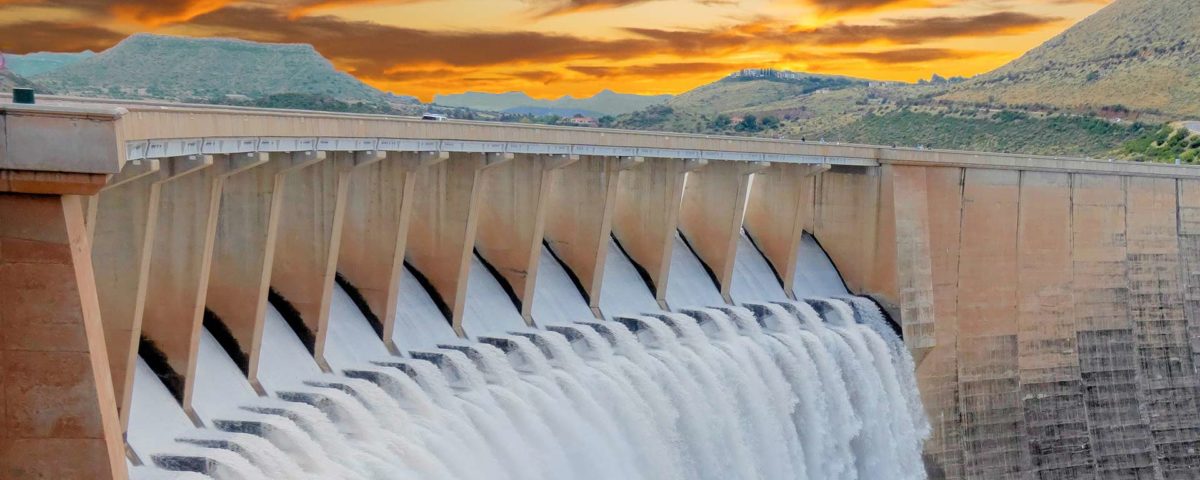- As more organisations commit to becoming net zero, we look at what this term means.
- In its simplest definition, it is not dissimilar to the double entry accounting concept.
- Net zero is often used interchangeably with the term carbon neutrality but it is important to understand the distinction between the two.
As accountants, we are used to grappling with acronyms and terminology that would be unfamiliar to someone outside of our field.
The rise in importance of, and focus on, ESG (Environmental, Social, and Governance), or sustainability, most notably climate change, means that new terminology, that was predominantly part of the language of scientists and environmentalists, is creeping into our vocabulary. The latest example is the increasing use of the term net zero when the subject of climate change arises.
What does net zero mean?
The term net zero is not always well understood and is often used interchangeably with other terms such as carbon neutrality.
Net zero is achieved when the amount of greenhouse gas (GHG) emissions we produce is balanced against the amount that we remove from the atmosphere via carbon sinks (more on these later). To put it in other words, the amount we put in must be equal to the amount we take out. This must surely ring a bell for all accountants out there – for every debit there must be a corresponding credit. This is music to the ears of accountants. We know all about balance sheets and double entry so suddenly this language does not seem so foreign or alien after all.
Net zero explained in an example
It is often easier to explain net zero in the form of an example.
Imagine an organisation that generates 20,000 tonnes of CO2 (Carbon Dioxide) emissions.
To reach net zero, they would reduce the carbon emissions to as low as possible, say 16,000 tonnes, by introducing measures such as renewable energy, reductions in travel etc. They could then buy 4,000 tonnes worth of carbon offsets, using the aforementioned carbon sinks, to remove the residual emissions bringing the overall position to zero.
What are carbon sinks and why are they important?
When it comes to removing excess emissions, we need a means of absorbing this excess and that is the purpose of carbon sinks. They extract CO2 and other emissions from the atmosphere and are an essential weapon in our fight against climate change. Forests are one example of carbon sinks, hence the recent tree planting frenzy, as are our oceans, which emphasises why we need to protect and preserve them.
What is carbon neutrality and how is it different from net zero?
As I mentioned earlier, often the term net zero is used interchangeably with the term carbon neutrality. However, they do not have the same meaning and it is important not to confuse the two.
Carbon neutrality refers to the process of offsetting all your emissions to a predetermined level by purchasing carbon credits through an accredited project that reduces, or avoids, carbon emissions. Examples include forest conservation projects, renewable energy projects and clean water projects.
If we refer again to the example above, to reach carbon neutrality, the organisation if it continues to generate 20,000 tonnes of CO2 would need to purchase the equivalent amount of carbon offsets i.e. 20,000 tonnes of carbon offsets. So, unlike net zero, achieving carbon neutrality does not imply or involve an obligation to reduce the emissions produced.
One of the big problems with carbon neutrality is that there are just not enough offsets schemes available to offset all the emissions we generate. Besides, many of the accredited official offset projects will not become available for many years. Think about how long it takes to cultivate and grow a forest. That is why we also need to reduce our emissions.
We also need to leave enough offset capacity for those heavy polluting industries, for example fossil fuel producers, on whom we rely for our energy and fuel. Their ability to reduce their emissions is limited due to the demand for these sources of energy and fuel. Hopefully, over time, as these industries transition to greener energy sources and processes, this will become less of an issue.
In conclusion
So, the next time you come across the term net zero, or your client asks you what it means, go back to basics and apply it to the accounting concept of double entry. Luca Pacioli would be proud!
This article was first published by ICAS. You can visit the original page here.













